Why Are My Indoor Plant Leaves Curling?
Indoor plant leaves curl inward because they are trying to conserve moisture. This can happen if the plant is too hot, or if it is too close to a high-intensity light source. It can also happen if the temperature in the room is consistently above 80 degrees Fahrenheit. But don’t worry, curled leaves don’t necessarily mean your plant is doomed. Read on to learn why indoor plant leaves curl and what you can do about it!
What Causes Indoor Plant Leaves to Curl Inward or Downward?
There are several possible causes of curling leaves on houseplants:
Underwatering
- Why it happens: Plants need water to maintain their structure. When they’re thirsty, leaves may curl inward to conserve moisture.
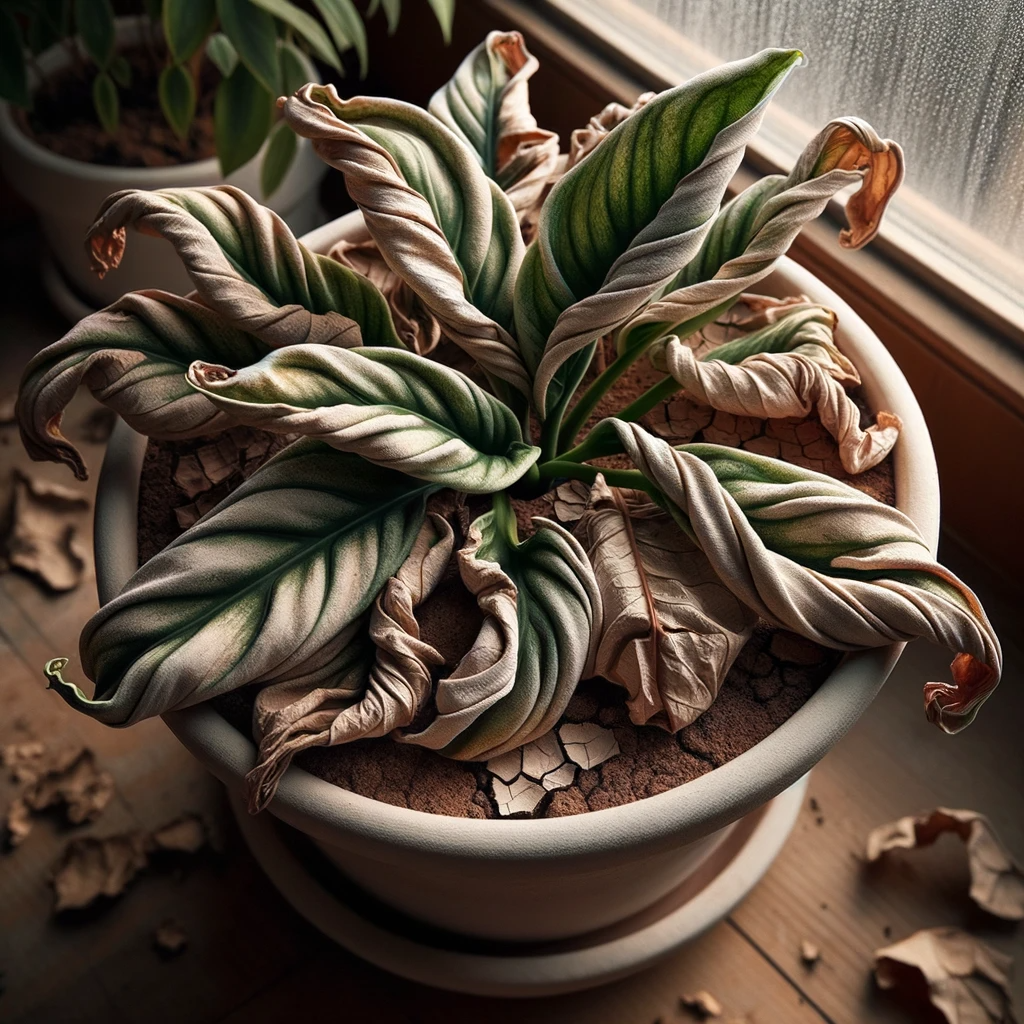
- Solution:
- Check the soil moisture regularly. Stick your finger about an inch into the soil – if it’s dry, it’s time to water.
- Water thoroughly until water drains out of the bottom of the pot.
- Consider using a self-watering pot or moisture meter to make watering easier.
- Product Recommendation: consider hardy plants like the ZZ Plant that thrive with minimal care.
Overwatering
- Why it happens: Too much water can suffocate roots, preventing them from absorbing nutrients and causing leaves to curl.

- Solution:
- Allow the soil to dry out slightly between waterings.
- Ensure your pot has drainage holes to prevent waterlogging.
- Use a well-draining potting mix.
- Product Recommendation: Discover our wide variety of peace lilies, pothos, and snake plants, ideal for those who tend to overwater.
Low Humidity
- Why it happens: Many houseplants thrive in humid environments. Dry air can cause leaves to curl as they lose moisture.
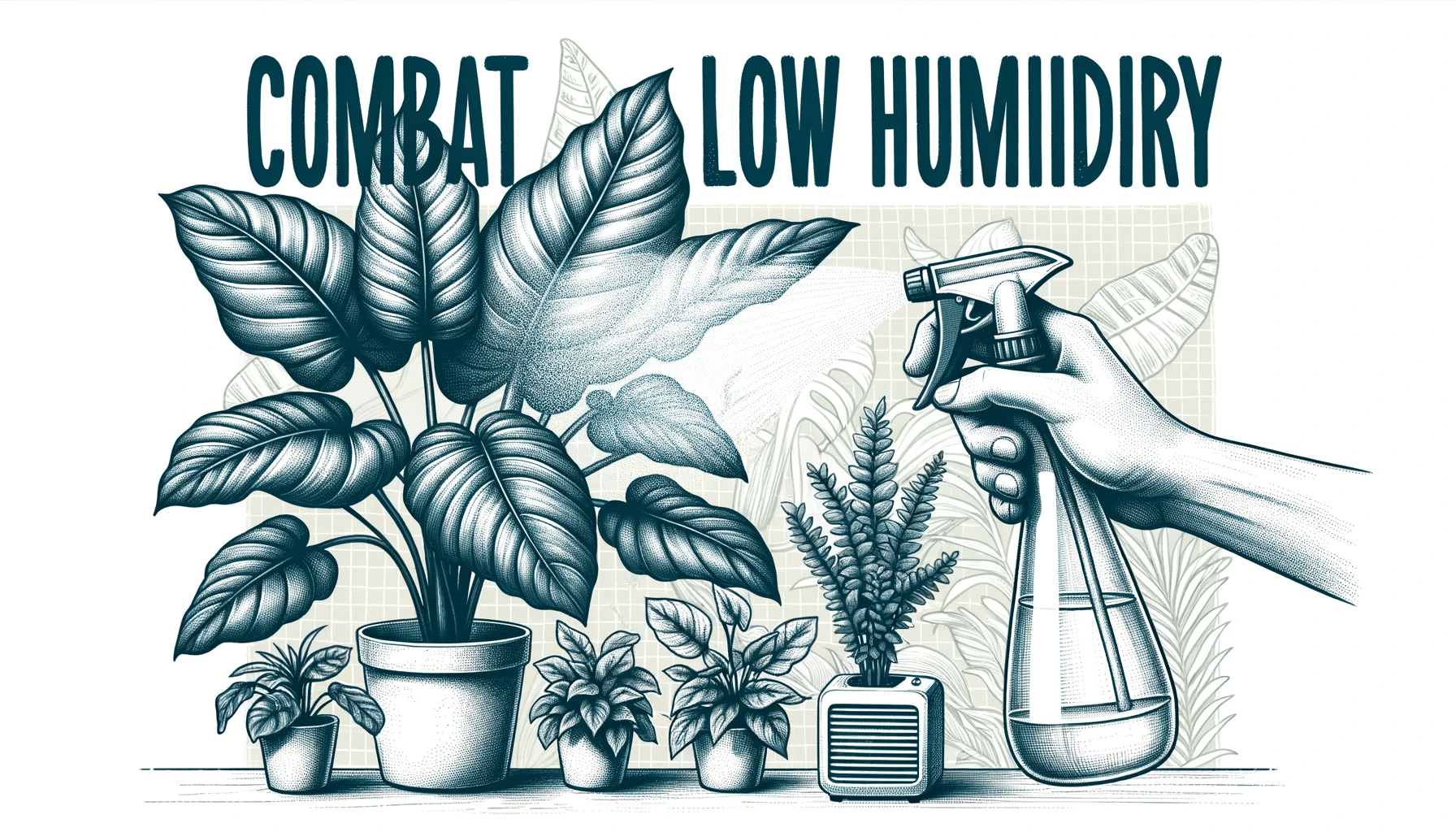
- Solution:
- Mist your plants regularly.
- Use a pebble tray filled with water.
- Invest in a humidifier.
- Product Recommendation: Use humidity-loving plants such as Ferns (Platycerium).
Lighting Issues
-
Why it happens:
- Insufficient Light: Plants need light for photosynthesis, the process they use to create energy. When they don’t receive enough light, their leaves may curl downwards as they try to reach for more sunlight. This can also lead to leggy growth and pale foliage.
- Excessive Light: Too much direct sunlight can scorch a plant’s leaves, causing them to curl up, turn brown, or develop dry patches.

-
Solution:
- Insufficient Light:
- Move your plant to a brighter location, such as near a window with indirect sunlight.
- Consider using a grow light to supplement natural light.
- Choose plants that are known to tolerate low-light conditions.
- Excessive Light:
- Move your plant away from direct sunlight or provide shade during the hottest hours of the day.
- Gradually acclimate plants to brighter conditions if they’ve been in low light for a long time.
- Choose plants that are known to tolerate or thrive in full sun.
- Insufficient Light:
- Product Recommendation: Consider low-light tolerant plants like Philodendron.
Pests
- Why it happens: Common houseplant pests like aphids, spider mites, mealybugs, and scale insects feed on plant sap. This weakens the plant and can cause leaves to curl, yellow, or develop spots. Some pests also secrete honeydew, a sticky substance that can attract sooty mold.
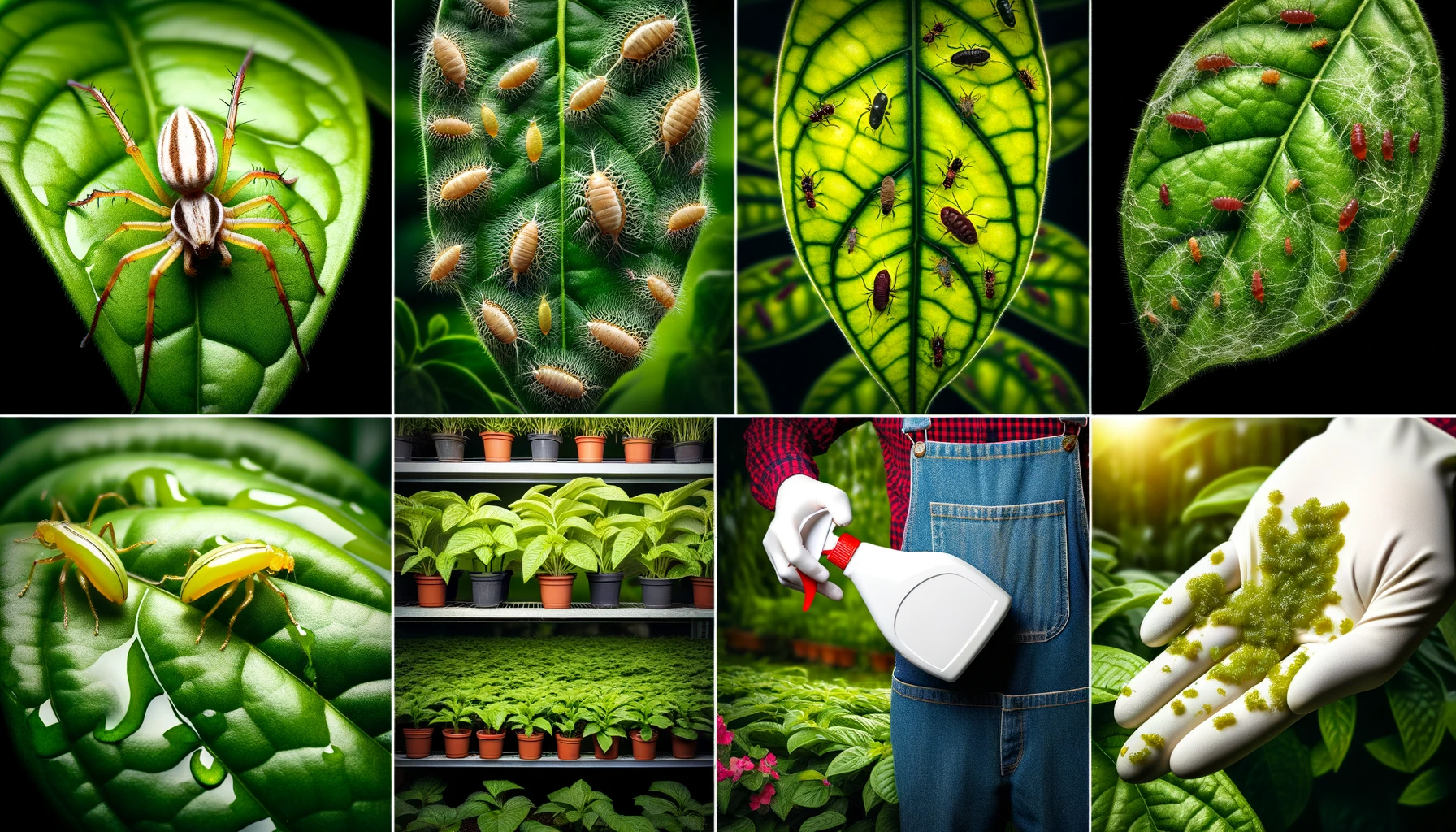
-
Solution:
- Prevention: Regularly inspect your plants for signs of pests, such as tiny insects, webbing, or sticky residue. Quarantine new plants before introducing them to your collection.
- Early Detection: Catching infestations early is key to preventing severe damage. Look for early signs like curled leaves, discolored spots, or stunted growth.
- Treatment:
- Isolate: Separate affected plants from healthy ones to prevent the spread of pests.
- Manual Removal: For small infestations, you can manually remove pests with a cotton swab dipped in rubbing alcohol or by gently washing the leaves with water.
- Organic Solutions: Neem oil, insecticidal soap, and horticultural oil are effective organic options for controlling many common pests.
- Chemical Pesticides: If organic methods fail, you can use chemical pesticides, but follow the instructions carefully and use them sparingly.
- Product Recommendation: Consider pest-resistant plants such as Sansevieria
No product(s) found.
Disease
- Why it happens: Houseplants can be susceptible to various fungal, bacterial, or viral diseases. These can be caused by overwatering, poor air circulation, contaminated soil, or exposure to infected plants. Common signs of disease include leaf spots, wilting, root rot, and powdery mildew.
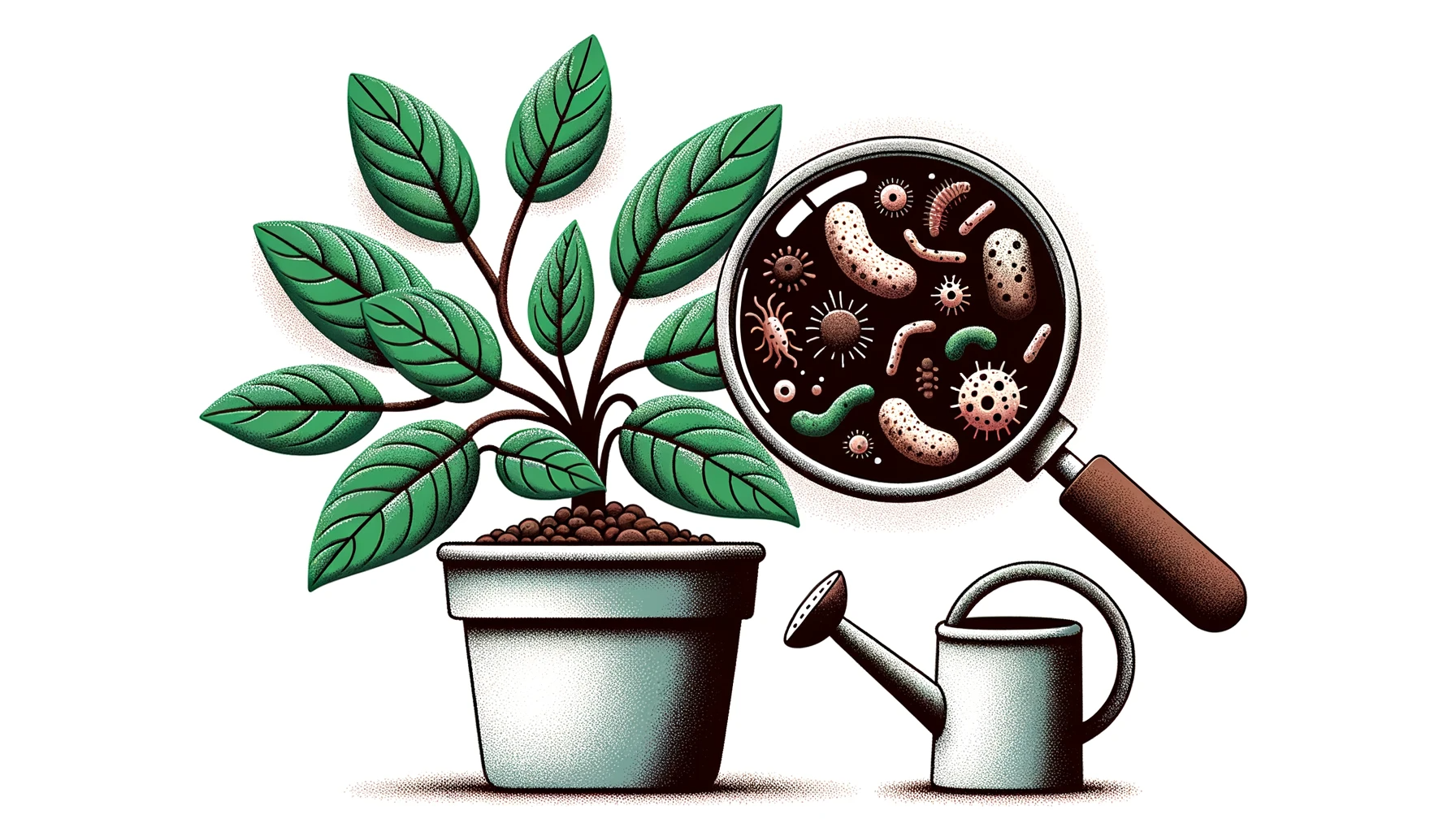
- Solution:
- Prevention:
- Ensure proper watering and avoid overwatering, as damp conditions promote fungal growth.
- Provide good air circulation around your plants to prevent moisture buildup.
- Use sterile potting mix and clean pots to avoid introducing pathogens.
- Quarantine new plants before adding them to your collection.
- Early Detection: Look for early signs of disease, such as discolored spots, wilting, or unusual growth patterns.
- Treatment:
- Isolate: Separate affected plants from healthy ones to prevent the spread of disease.
- Remove Infected Parts: Prune away diseased leaves, stems, or roots.
- Improve Conditions: Adjust watering, lighting, and air circulation to create a less favorable environment for pathogens.
- Fungicides/Bactericides: If necessary, apply appropriate fungicides or bactericides, following the instructions carefully.
- Discard Severely Infected Plants: If a plant is severely diseased and cannot be saved, it’s best to discard it to protect your other plants.
- Product Recommendation: Aglaonema plants are relatively resilient and can withstand various light and humidity levels. They’re not particularly prone to diseases.
Temperature Stress
Why it happens:
- Cold Stress: Most houseplants are tropical or subtropical and prefer temperatures between 65-85°F (18-29°C). Exposure to cold drafts, temperatures below 50°F (10°C), or sudden temperature drops can cause leaves to curl, wilt, or even turn brown and drop.
- Heat Stress: High temperatures, especially when combined with low humidity, can stress plants. Leaves may curl, dry out, and become crispy. Some plants may also stop flowering or producing fruit.

Solution:
- Cold Stress:
- Protect plants from cold drafts by keeping them away from windows, doors, and air conditioning vents.
- If temperatures drop below the plant’s preferred range, move them to a warmer location or provide supplemental heat with a heat mat or grow light.
- Avoid placing plants directly on cold surfaces like windowsills or tile floors.
- Heat Stress:
- Increase humidity around your plants by misting them regularly, using a pebble tray filled with water, or running a humidifier.
- Move plants to a cooler location, away from direct sunlight and heat sources.
- Water more frequently during hot weather, but avoid overwatering.
- Provide shade during the hottest hours of the day.
- Product Recommendation: ZZ plants are known for their hardiness and ability to tolerate neglect, including fluctuations in temperature.
Root Issues
Why it happens:
- Root Rot: Overwatering is the most common cause of root rot. When roots sit in waterlogged soil, they suffocate from lack of oxygen, and harmful fungi and bacteria can thrive. This leads to mushy, brown, and foul-smelling roots.
- Root Bound: As plants grow, their roots can fill up the pot, becoming cramped and unable to absorb water and nutrients effectively. This can cause stunted growth, leaf curling, and yellowing.
- Pests and Diseases: Some pests and diseases can damage roots directly, leading to root rot or other problems.
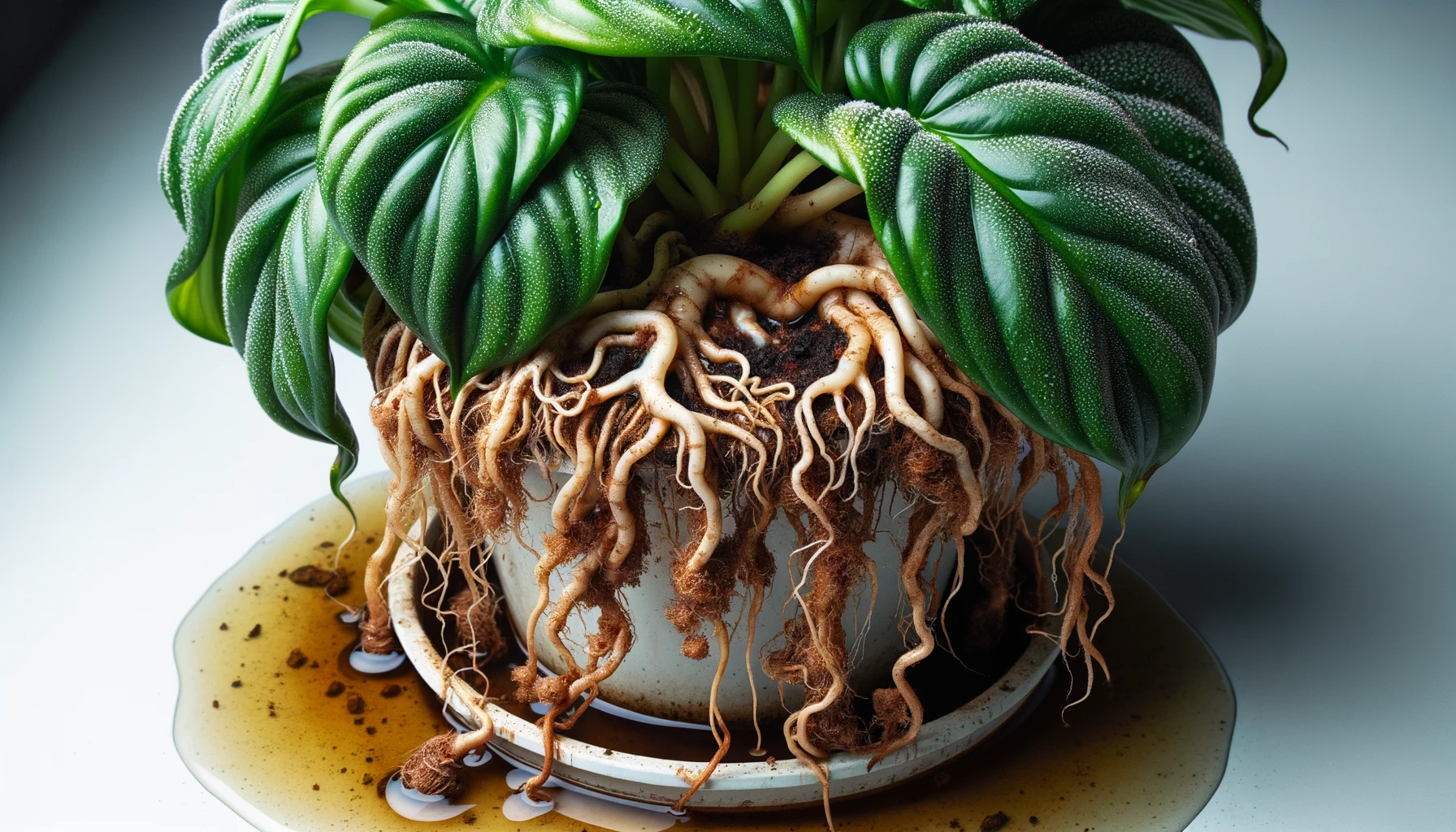
Solution:
- Prevention:
- Proper Watering: Water your plants thoroughly but allow the soil to dry out slightly between waterings. Use a pot with drainage holes to prevent waterlogging.
- Well-Draining Soil: Choose a potting mix that drains well and provides good aeration for the roots.
- Regular Repotting: Repot your plants into larger containers as they grow to prevent them from becoming root bound.
- Product Recommendation: Many philodendron varieties have aerial roots that can help them tolerate occasional overwatering.
How to Fix and Prevent Curled Indoor Plant Leaves
If your indoor plant has curling leaves, take these steps to get it back to health:
- Identify and address the underlying cause – underwatering, overwatering, low humidity, etc. This guide will help you diagnose the problem.
- Improve growing conditions. Ensure the plant gets the proper light, moisture, humidity, and temperatures it needs.
- Remove damaged leaves or prune overcrowded growth. This helps the plant conserve energy.
- Treat pests, disease, or root issues. Use organic sprays, improve air flow, repot, or propagate healthy cuttings.
- Be patient! It takes time for already curled leaves to uncurl and flatten out again. New growth will reveal if treatment is working.
To prevent curled leaves in the first place:
- Water thoroughly when the top inch of soil is dry. Avoid extremes of too much or too little water.
- Maintain indoor humidity around 40-60% for most plants. Group plants or use a humidifier.
- Give plants the recommended amounts of sunlight. Rotate to ensure even exposure.
- Check for pests like spider mites regularly and treat any issues promptly.
- Repot when roots are crowded or circling the pot edges. Refresh soil annually.
- Avoid temperature extremes and drafts which stress plants.
With the proper care, most causes of leaf curling can be corrected and new leaves will grow in strong and healthy. Pay close attention to your plant’s care needs and act promptly when issues arise to keep your indoor plants thriving.
Common Houseplants with Curling Leaves Issues
Here are some popular indoor plants that often suffer from leaf curl and how to help them:
Pothos
Pothos is prone to leaf curling and yellowing if underwatered or exposed to low humidity. Ensure soil is kept evenly moist. Mist leaves, use a pebble tray, or place near other plants to increase humidity. Prune off any yellow or brown leaves.
Peace Lily
Drooping or curling leaves on Peace Lilies typically indicate overwatering. Allow soil to dry out between waterings. Remove damaged foliage and transition to a well-draining soil mix. Keep away from cold drafts.
Chinese Evergreen
This easy-care plant curls its leaves when thirsty. Water thoroughly when the top 2 inches of soil become dry. Increase humidity and avoid dry air from heating vents which exacerbates leaf curling.
Fiddle Leaf Fig
Big, curled leaves on a Fiddle Leaf Fig is usually a sign of insufficient light. Slowly transition to a brighter spot over several weeks to acclimate it. Keep away from excessive heat or cold drafts.
Croton
Crotons need very warm, humid conditions. Leaves curling downward or dropping signal the plant is too cold or dry. Move to a warmer room in winter if needed and mist leaves daily.
Calathea
Calathea are prone to leaf curling, browning, and wilting around the edges when humidity is too low. These plants do best with 60% humidity or higher. Use a humidifier and pebble trays to increase moisture.
5 Common Questions about Curling Indoor Plant Leaves
1. Why are my indoor plant’s leaves curling up?
The most common causes of indoor leaves curling upward are too little water, low humidity, insufficient light, or high temperatures. Verify the plant’s soil is not dry. Increase watering frequency, mist leaves, move to brighter indirect light, and keep away from heat vents.
2. Why are my plant’s leaves curling down?
Leaves that curl or droop downwards often indicate overwatering or problems with the roots. Allow the soil to dry out further between waterings. Check for root rot and repot in fresh soil if needed. Keep plants away from cold drafts which can also cause downward curling.
3. What causes the edges of leaves to curl?
Curling leaf edges specifically can be caused by low humidity, water stress (too much or too little water), pests, salt accumulation in the soil, or reactions to temperature extremes. Increase air moisture with a humidifier or pebble tray. Check soil moisture and water appropriately. Use neem oil or insecticidal soap for pests.
4. Should I remove curled leaves on my houseplants?
It’s generally okay to gently remove dried out, fully curled, or heavily damaged curled leaves. This allows the plant to conserve energy. But avoid over-pruning, as existing curled leaves can still photosynthesize. The priority is correcting the underlying issue, after which new healthy leaves will grow.
5. How long does it take for curled leaves to flatten out again?
It can take 1-2 weeks for existing curled leaves to uncurl after fixing an issue like underwatering or humidity. Prevent further curling by addressing the cause. Have patience as the plant recovers and focus on the new growth coming in smooth and flat.
Conclusion
Curling, drooping, or wrinkling leaves are common but often temporary issues for indoor plants. With some detective work to identify the cause and a few adjustments to care, most plants bounce back well from leaf curling. Ensure plants get the proper moisture, humidity, light, and temperatures for their needs. Catch issues early and treat pests, disease, or damaged roots if present. With the right care and conditions, vibrant new foliage will return before you know it!



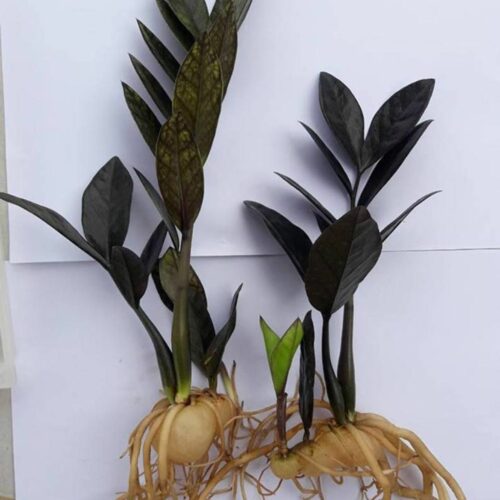
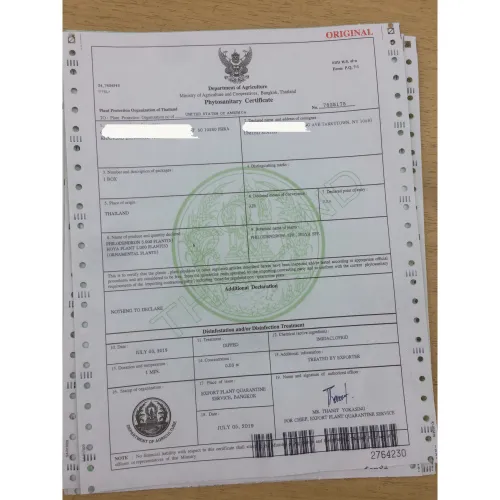
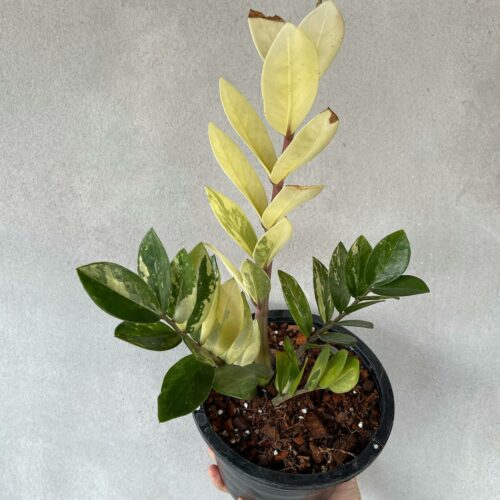
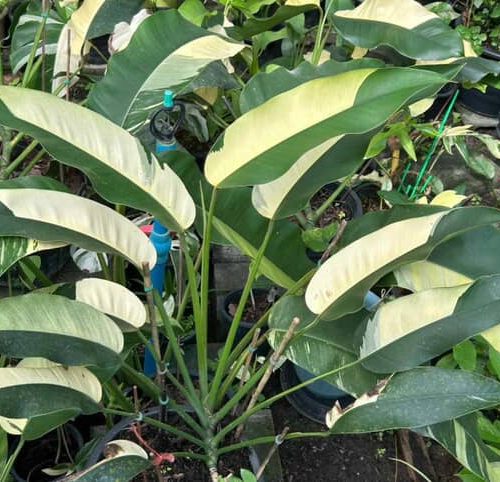
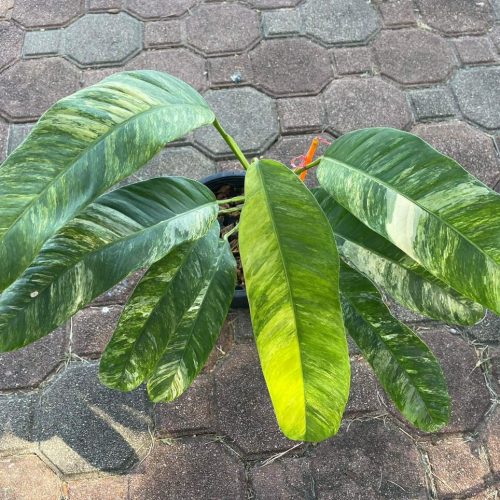


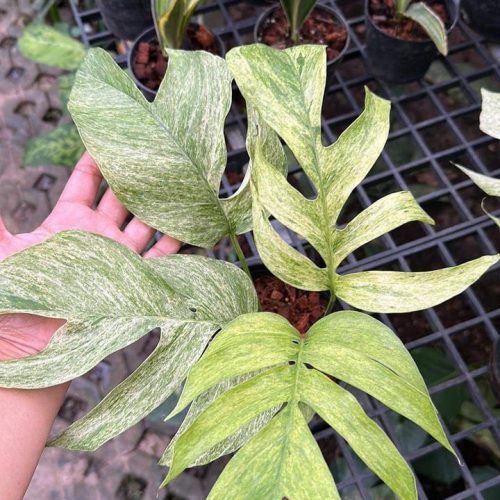




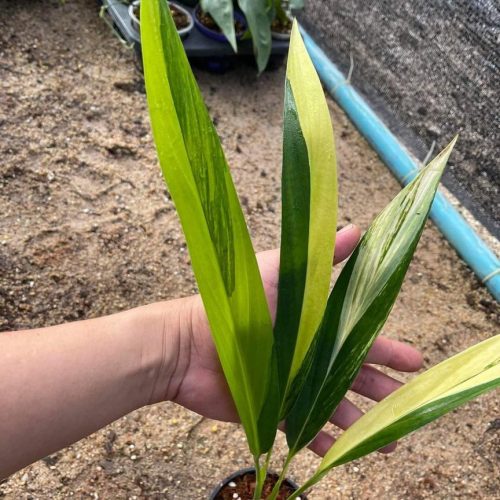

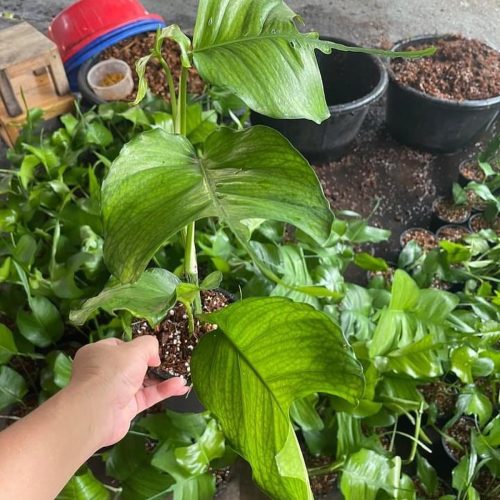
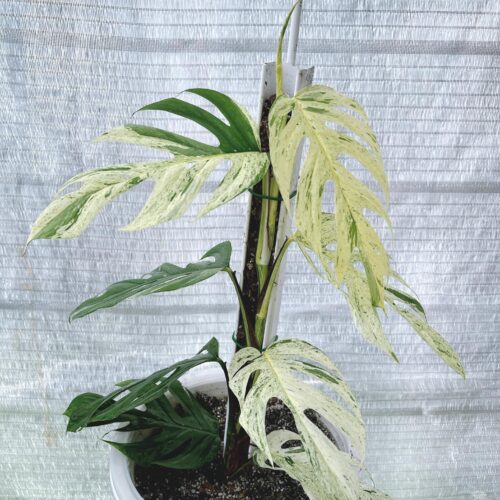
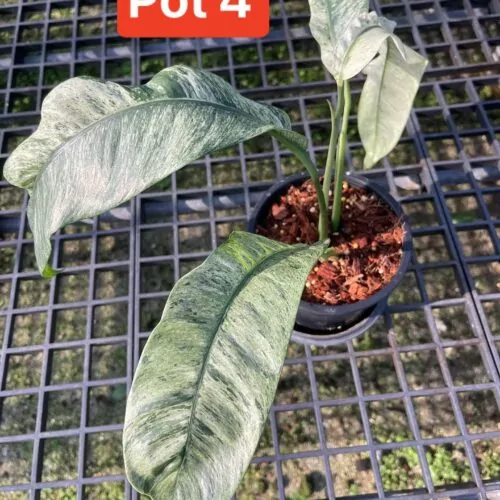



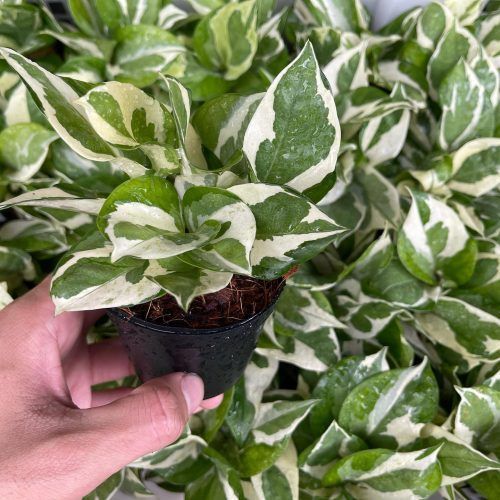
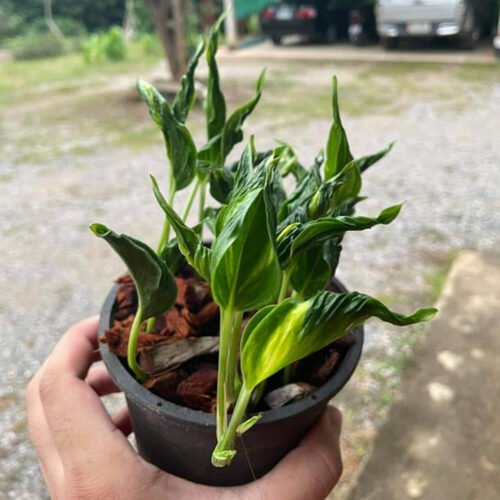
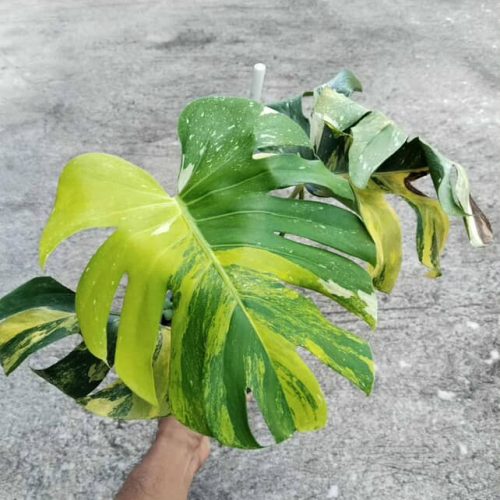
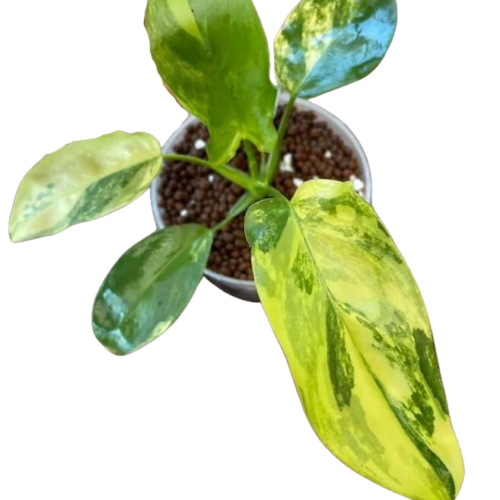
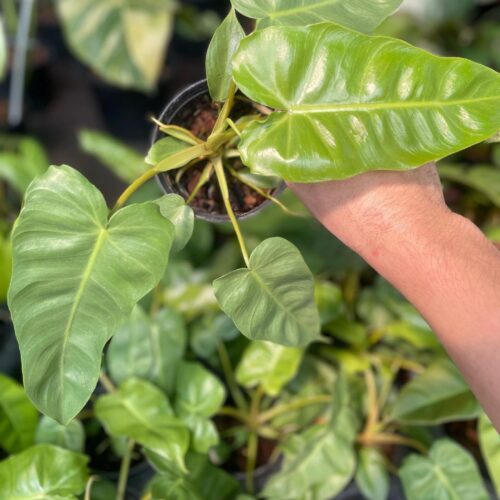
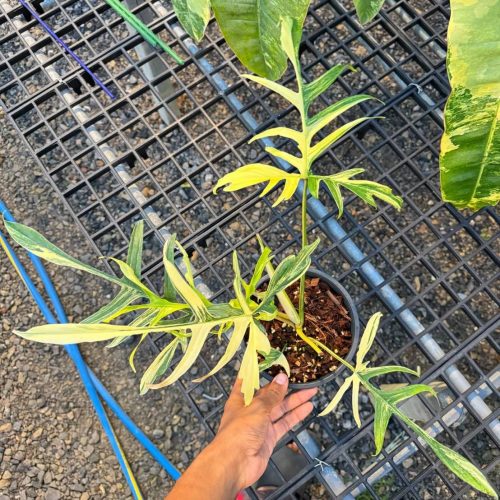
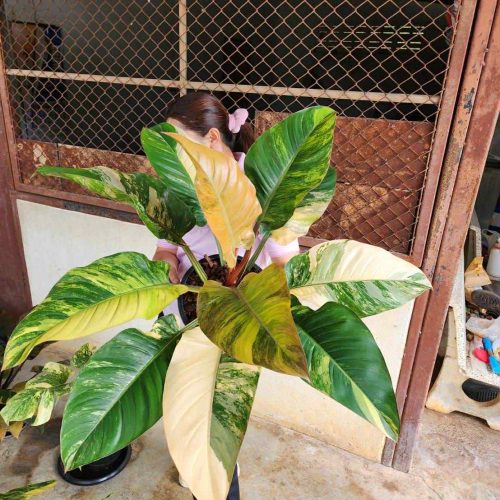
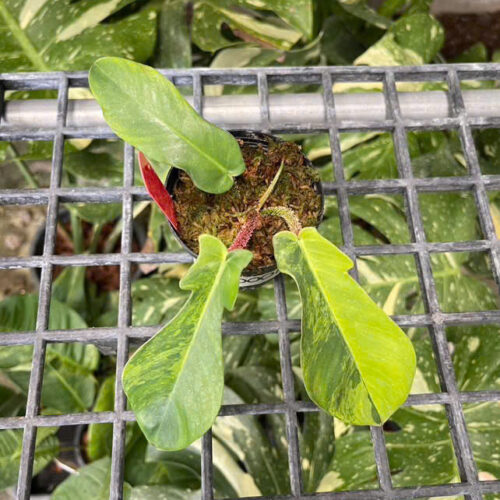
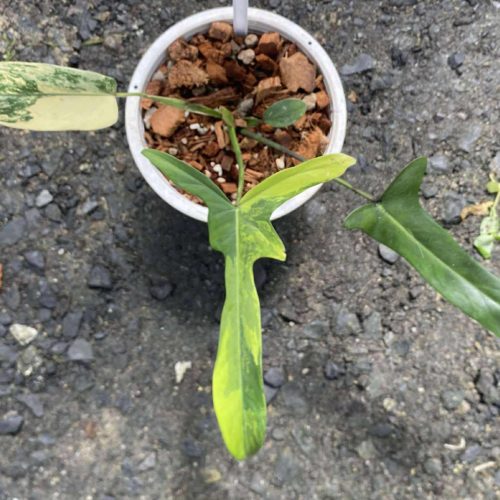
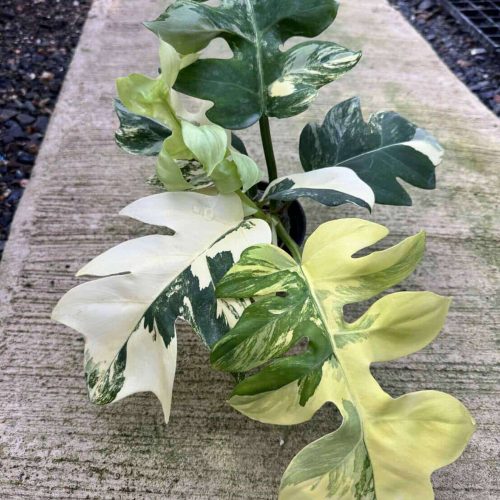
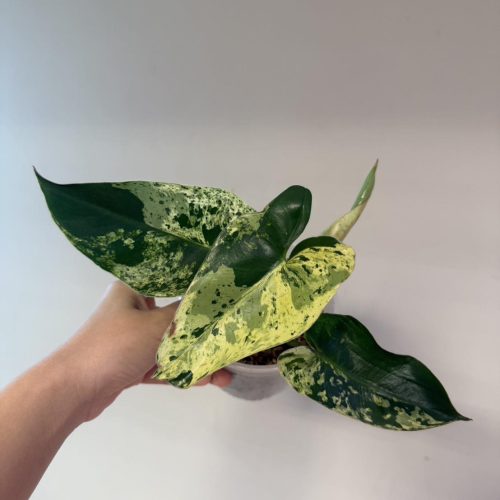
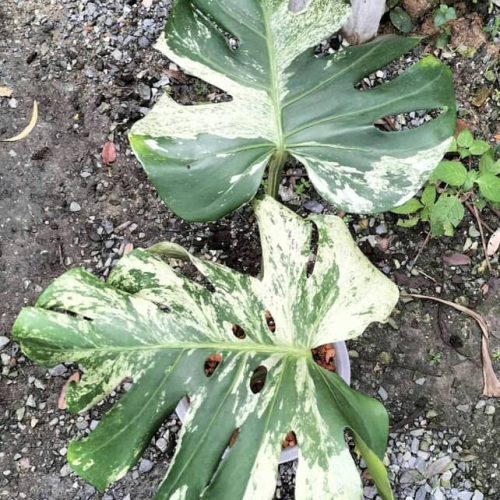
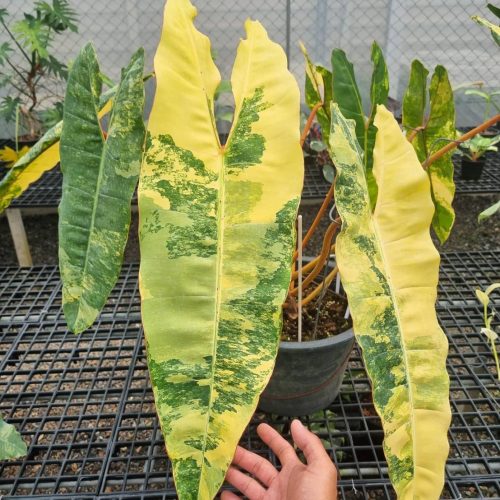

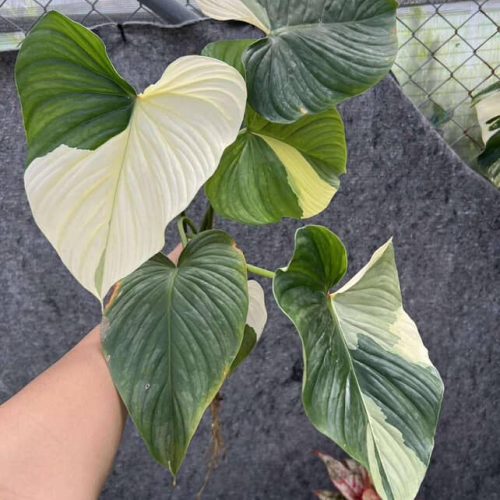
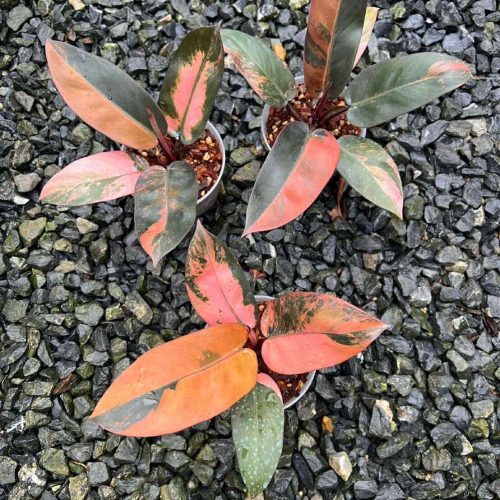
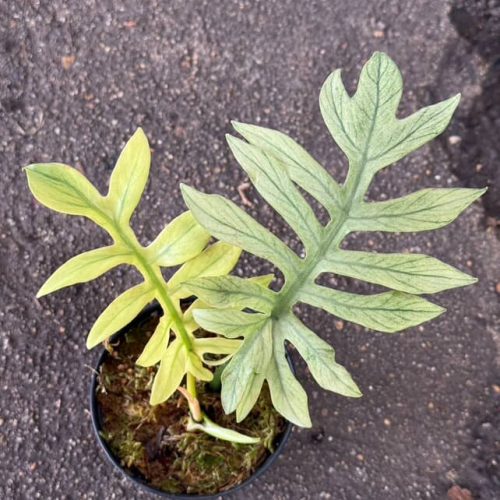
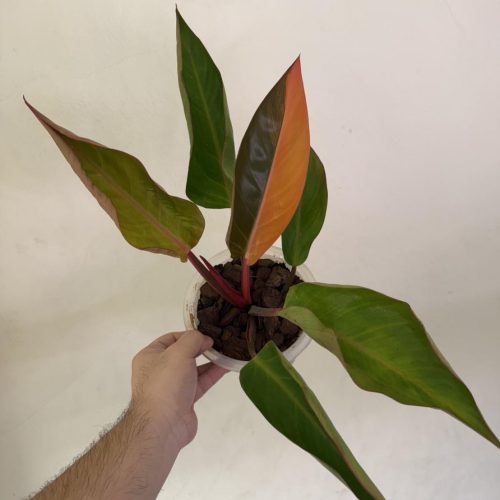
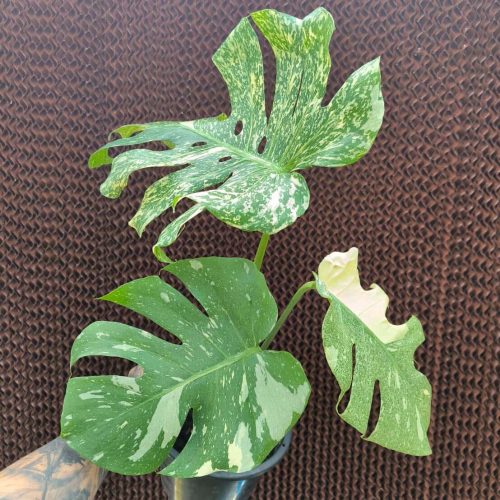
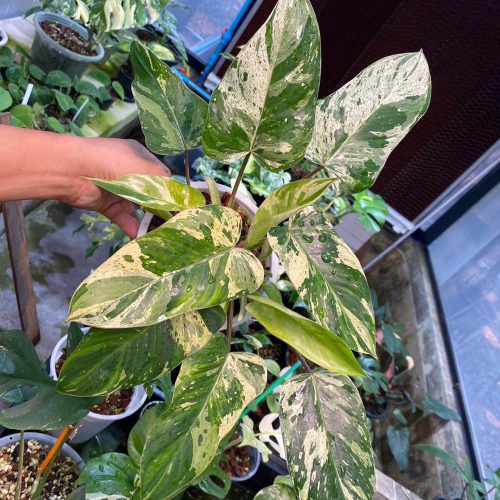
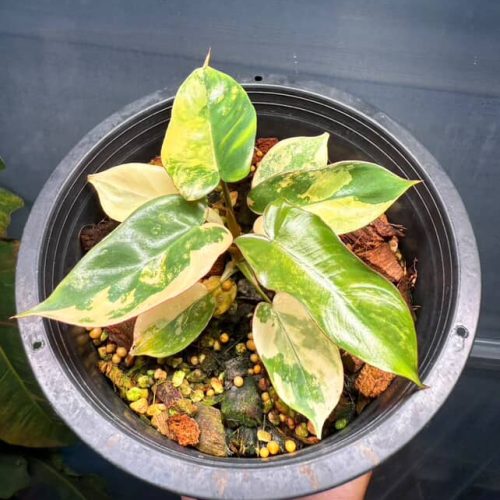
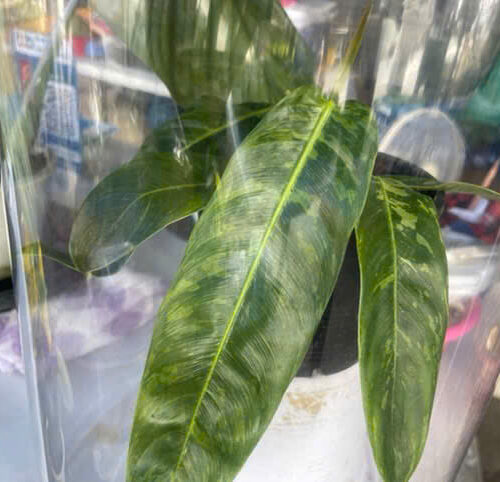

Seems there are two answers to my question: why are my swampweed leaves curling. It is either too
much water – or – yes – too little water.